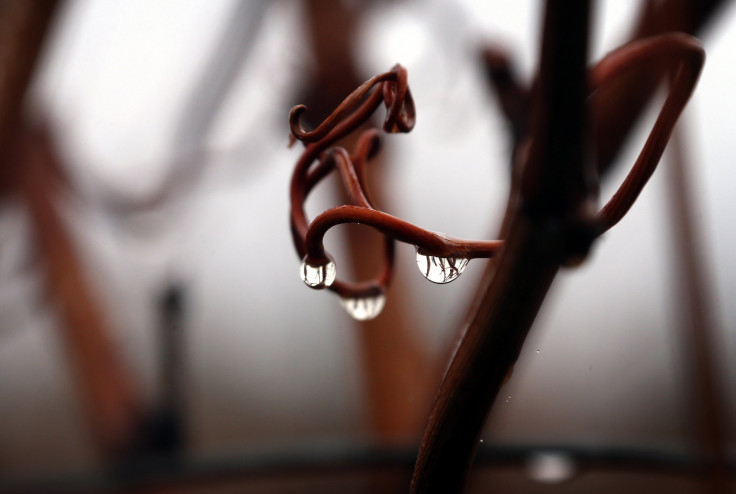Increasing CO2 levels to intensify water scarcity in Australia due to thirstier plants, say scientists

Vegetation in large parts of Australia have been found to consume more water and reduce water flows in river basins, which could potentially intensify water scarcity in populated and agriculturally important regions in the country, scientists warn. New study reveals that plants tend to grow more quickly and “thirstier” due to increasing carbon concentrations in the atmosphere.
The study, published in the journal Nature Climate Change, shows that there have already been 24 to 28 percent reduced river flows in a large region of Australia because of the rising CO2 levels. The current record was 14 percent higher since the early 1980s.
The reduction of river flow contributes to the pressure on water resources, the researchers said. Due to natural vegetation, local rivers and dams are receiving less amount of water, and the patterns of rainfall are changing.
Many affected areas in Australia have been experiencing reduced rainfall, which could potentially continue in the future due to increasing global temperature. Vegetation increases were also found in other dry regions across the world, including southern and western Africa and the Mediterranean, also predicted to face declining streamflow as a result.
The researchers, from University of New South Wales and Australian National University, found two opposing effects of increasing carbon levels on water resources. The condition could lead to denser vegetation, which would need more water and cause decline in the amount of rainwater that can be run off in rivers.
However, plants alone can also help produce rainwater through the process of photosynthesis. The pores, called stomata, on the leaves allow plants to regulate the consumption of CO2 and water loss to the atmosphere.
The higher concentrations of CO2 prompt plants to partially close these pores and allow the process, called transpiration, to reduce water loss. Transpiration is the evaporation of water from plant leaves.
For the study, the researchers used a method that combines satellite measurements of vegetation cover and river flow data collected for more than 30 years.
“Using statistical methods we factored out other influences that affect river flows, such as variations in rainfall,” researchers said in a report in The Conversation. “Our results suggest that the net effect of increased CO2 has been declining runoff across the subhumid and semi-arid parts of Australia, and that this can be attributed to the increased vegetation,” they added.
However, aside from the impact of quick vegetation on water flows, the researchers have found a positive effect from the increasing CO2 levels. Carbon has been found to make plants capable to survive droughts by using water more efficiently.
Contact the writer at feedback@ibtimes.com.au or tell us what you think below





















